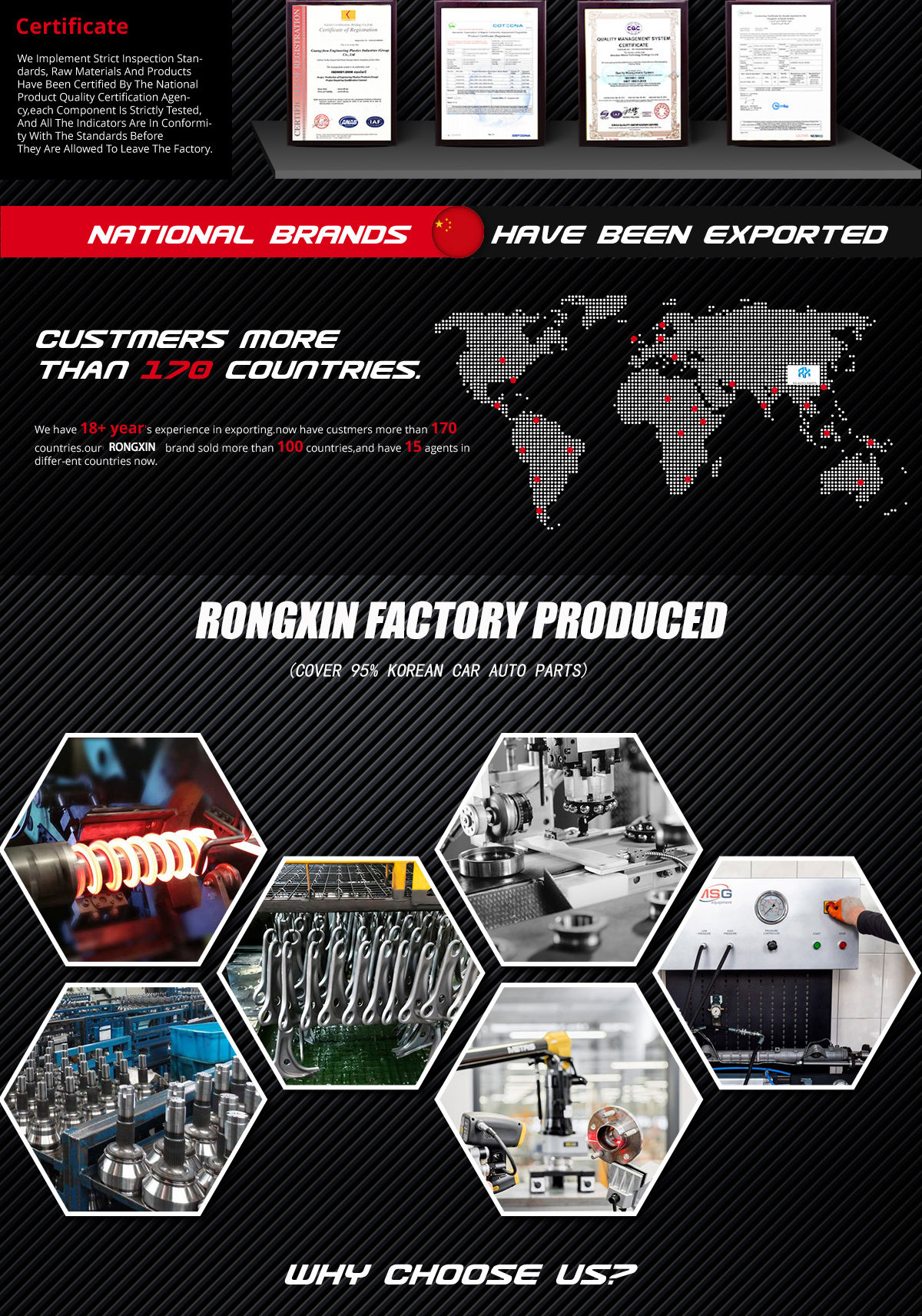International Trade in Automotive Parts: A Global Perspective
1.The Global Automotive Parts Market:
The automotive parts market is massive, encompassing a wide range of components such as engines, transmissions, brakes, steering systems, electronics, and more. These parts are produced by numerous manufacturers across the globe, each specializing in specific areas of expertise. International trade allows these companies to access a broader customer base and source materials from different regions, ultimately driving innovation and cost efficiency.
2.Supply Chain Integration:
The automotive industry relies heavily on complex supply chains that span the globe. Parts and components are often manufactured in one country, assembled in another, and integrated into vehicles in yet another location. This intricate supply chain integration ensures that vehicles are produced efficiently and cost-effectively. Companies involved in international trade must coordinate logistics, optimize shipping routes, and adhere to international trade regulations.
3.Emerging Markets:
The automotive parts trade has witnessed significant growth in emerging markets. Developing countries have become major players in both the manufacturing and consumption of automotive components. These markets offer opportunities for foreign investors and suppliers to expand their reach, establish partnerships, and capitalize on the rising demand for automobiles.

4.Tariffs and Trade Barriers:
One of the challenges in international trade in automotive parts is the presence of tariffs and trade barriers. Import duties and regulations can impact the competitiveness of products and influence the decision-making process for manufacturers. Negotiations, trade agreements, and trade policy changes can have a profound effect on the automotive parts market.
5.Environmental Regulations:
Environmental concerns and regulations have also begun to shape the international trade landscape for automotive parts. As the automotive industry transitions towards electric vehicles and sustainability, suppliers must adapt to changing demands and invest in eco-friendly manufacturing processes.
6.Innovation and Technology Transfer:
International trade facilitates the transfer of knowledge and technology in the automotive industry. Collaboration between companies from different regions often leads to innovation and the development of cutting-edge automotive components. This technology transfer benefits not only the companies involved but also consumers who gain access to safer and more advanced vehicles.
Conclusion:
International trade in automotive parts is a crucial driver of the global automotive industry. It enables companies to access new markets, integrate supply chains, and foster innovation. However, it also presents challenges related to tariffs, trade barriers, and environmental regulations. As the automotive industry continues to evolve, international trade will remain a cornerstone of its success, connecting manufacturers, suppliers, and consumers across borders.
Recommend
The Role of International Trade in Automotive Parts
In the ever-evolving landscape of the global automotive industry, international trade plays a pivotal role, particularly in the realm of automotive parts. This article delves into the significance of international trade in the automotive parts sector.
International Trade in Automotive Parts
The global automotive industry continues to thrive, driven by the dynamics of international trade. Automotive parts, as critical components of vehicle manufacturing, play a pivotal role in the industry. This article provides a concise overview of the international trade in automotive parts and its significance.
International Trade in Automotive Parts: A Global Perspective
The global automotive industry is a dynamic and ever-evolving sector that relies heavily on international trade for its success. One crucial aspect of this industry is the trade in automotive parts and components, which plays a pivotal role in ensuring the smooth operation of vehicles worldwide. In this article, we will explore the significance of international trade in automotive parts and how it impacts the global economy.



